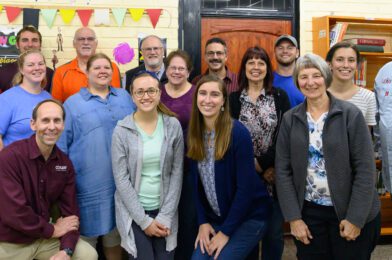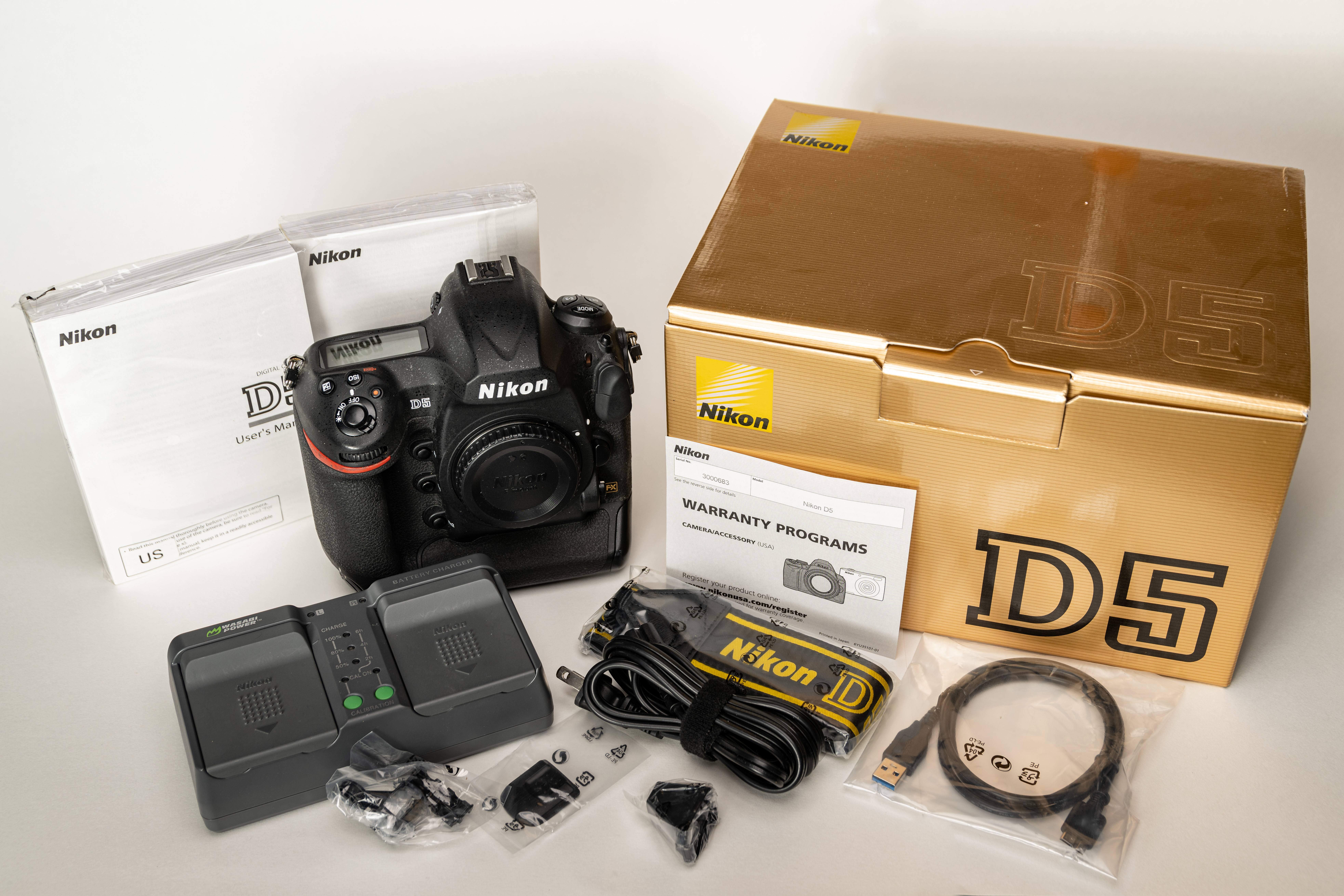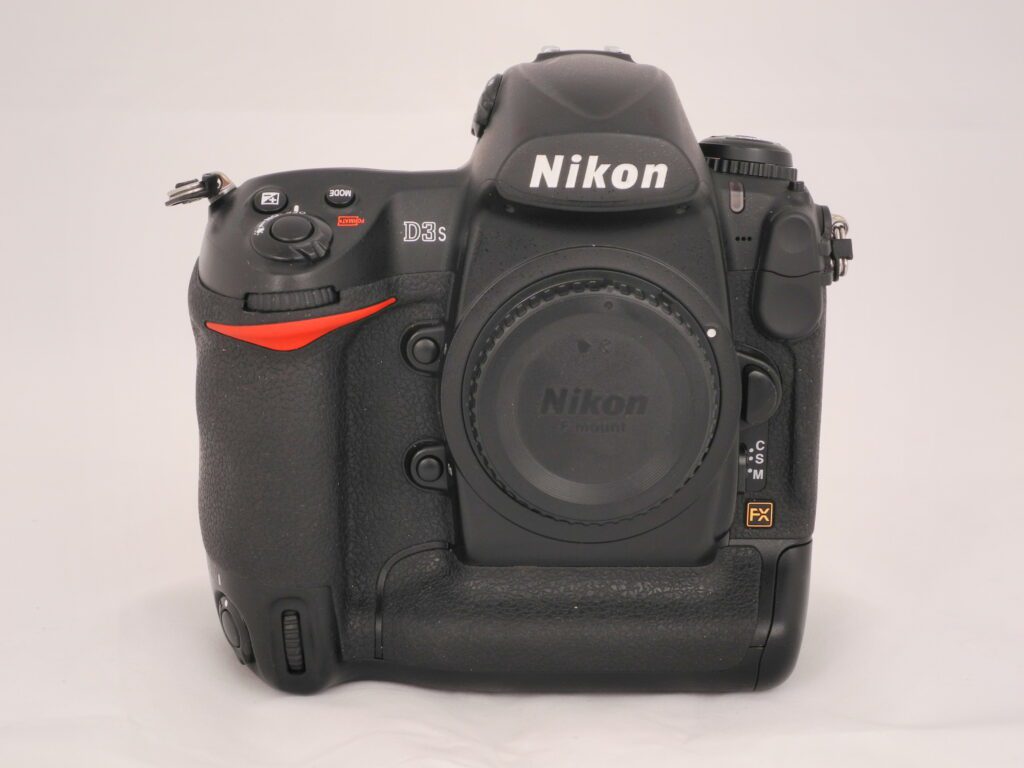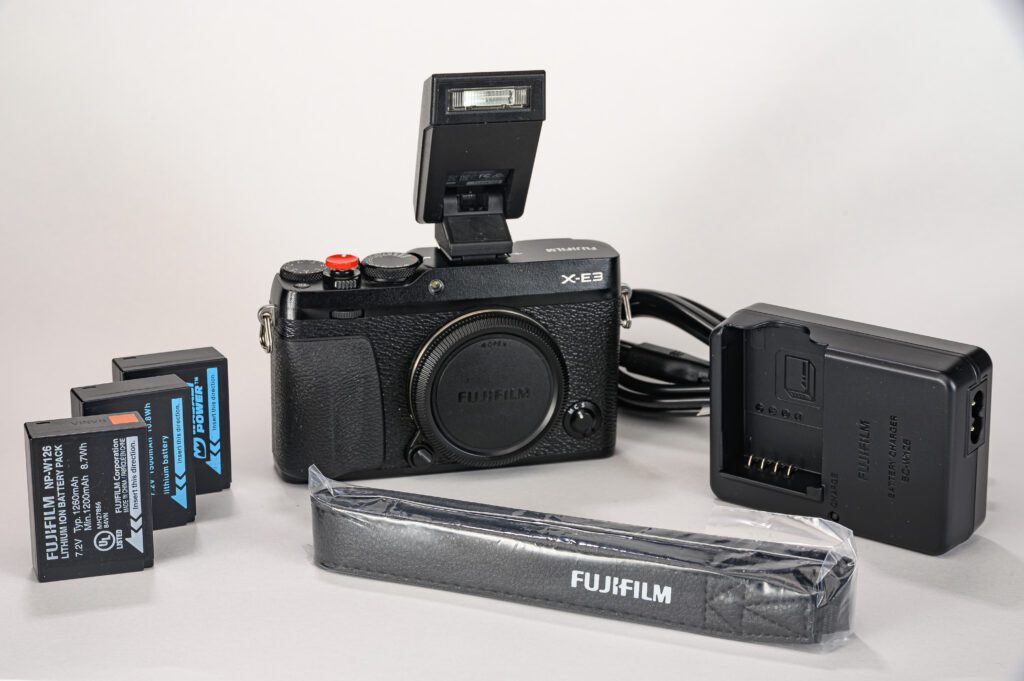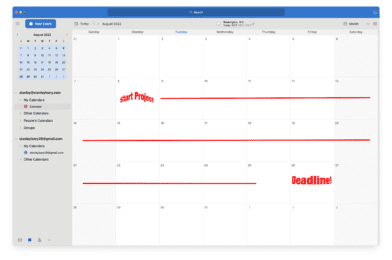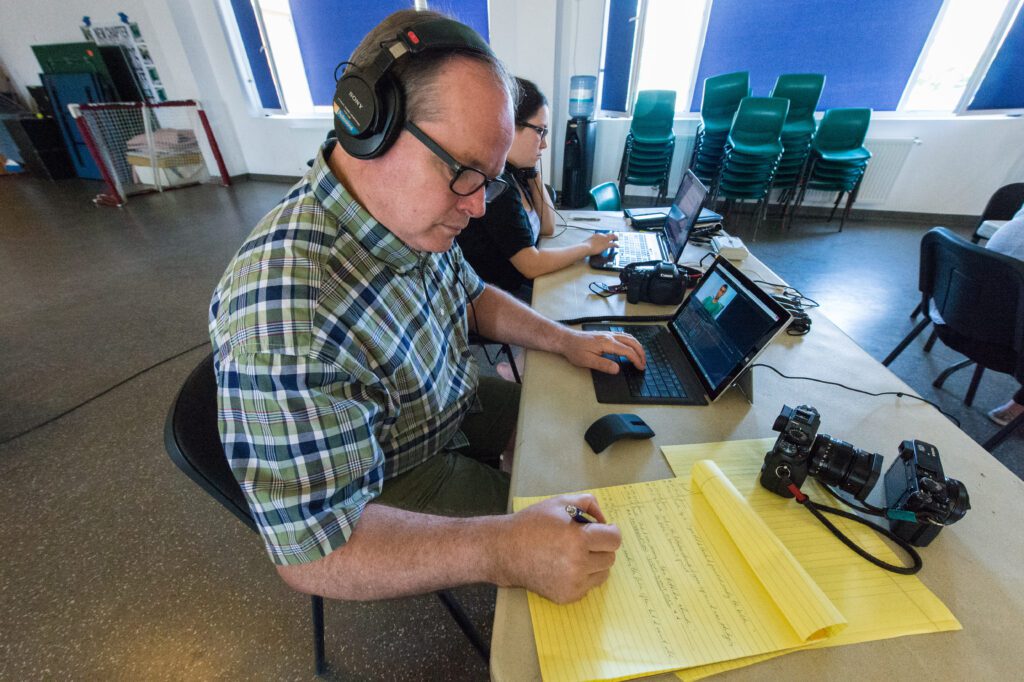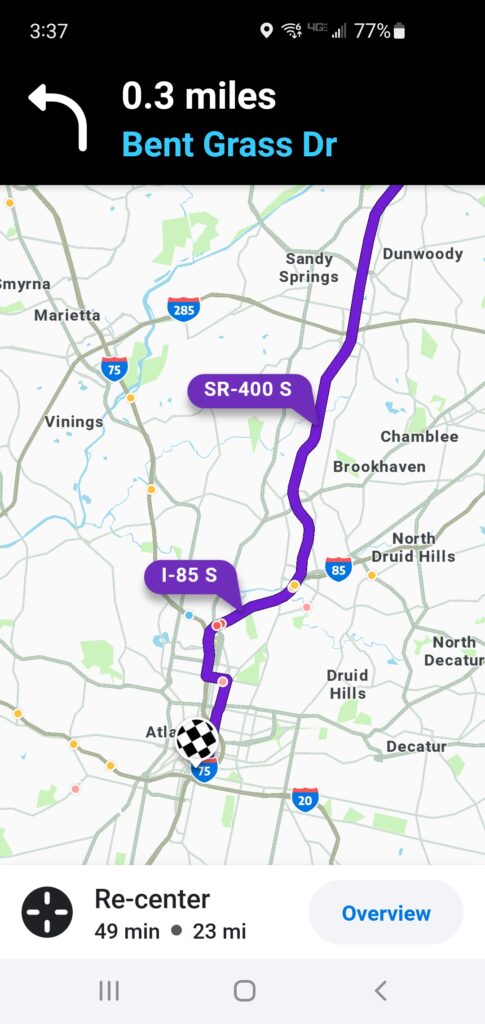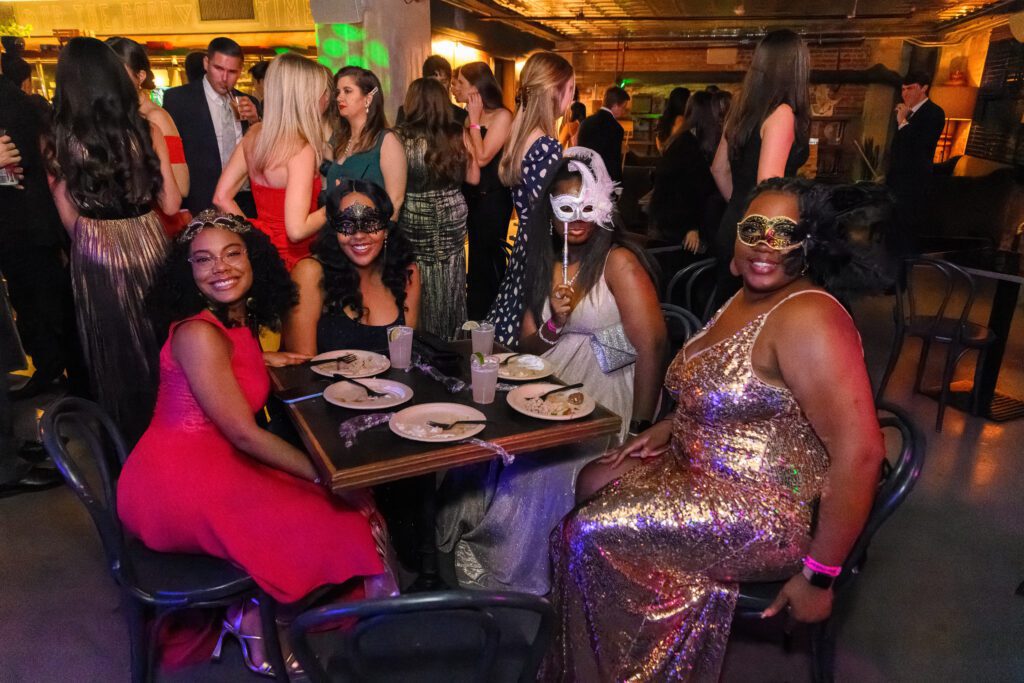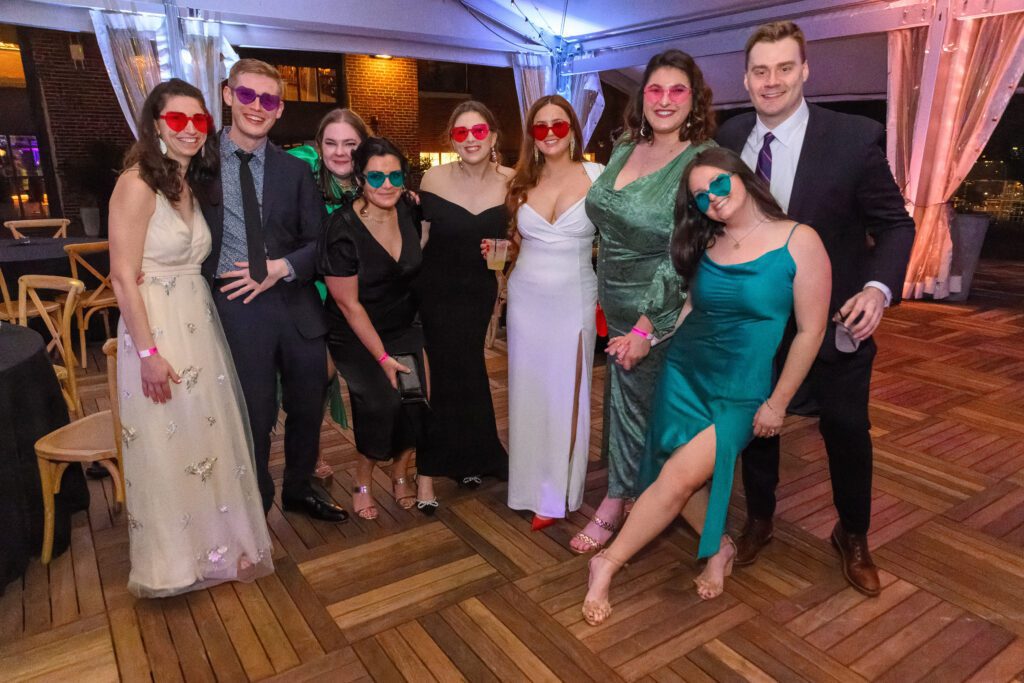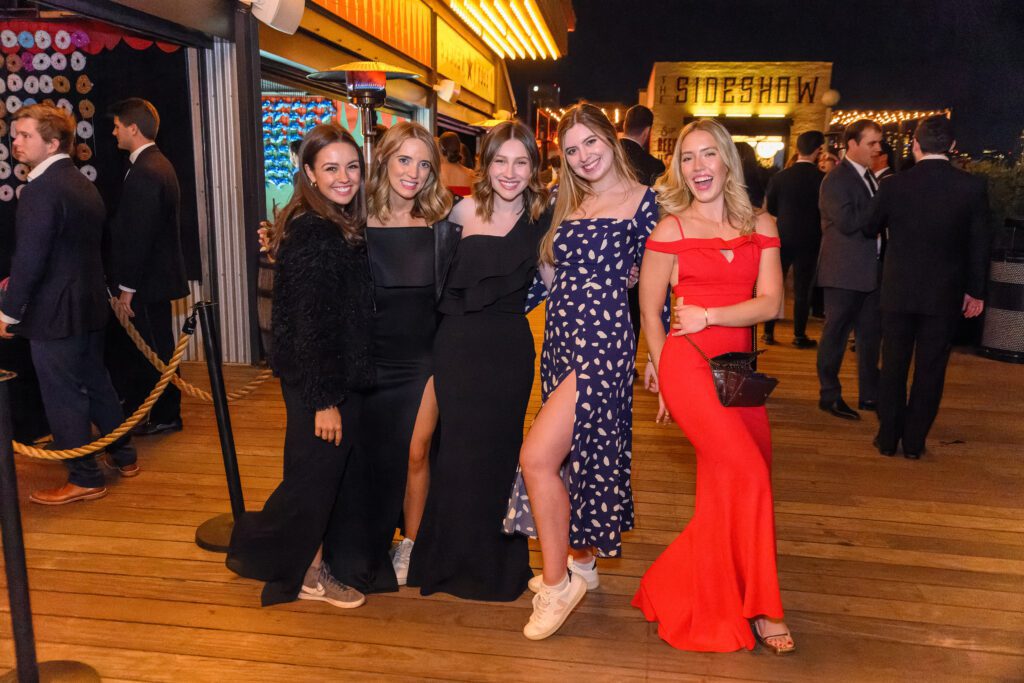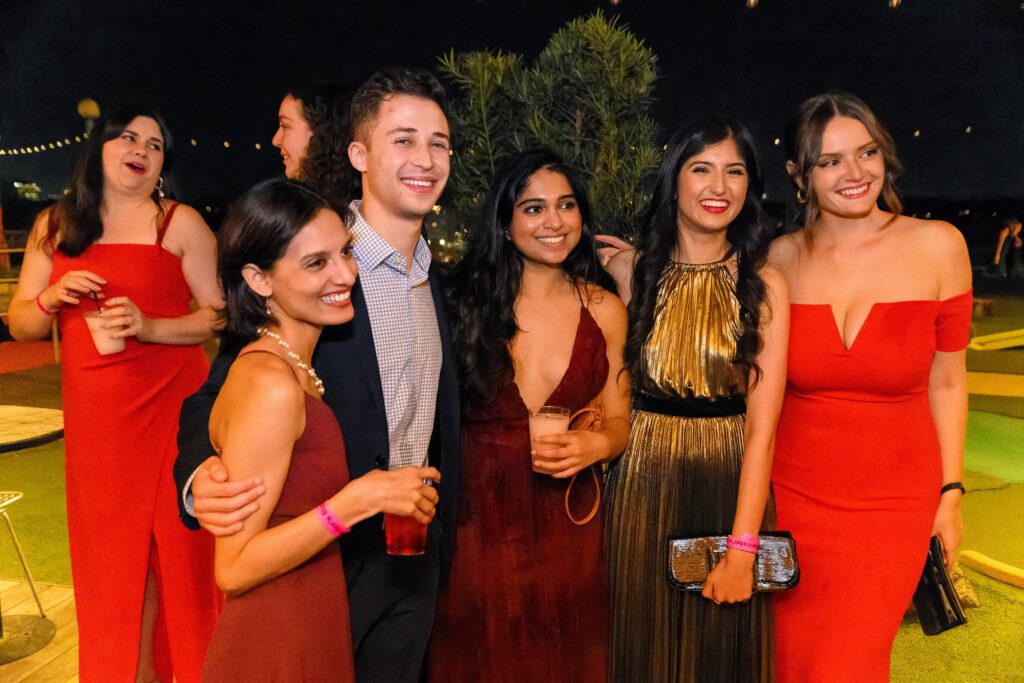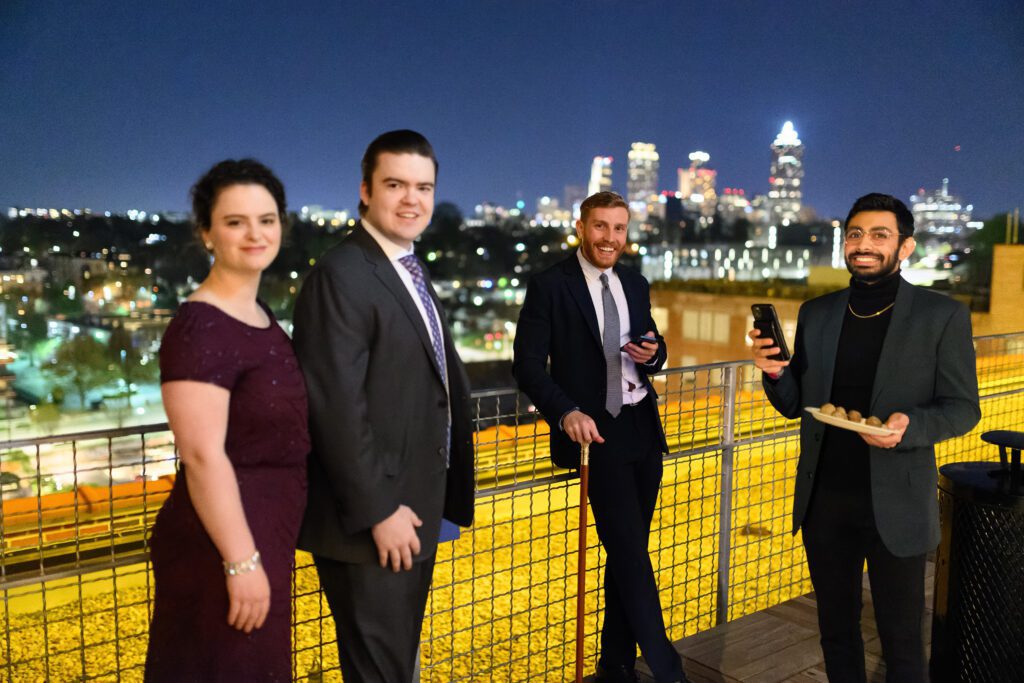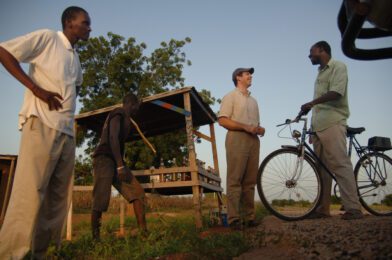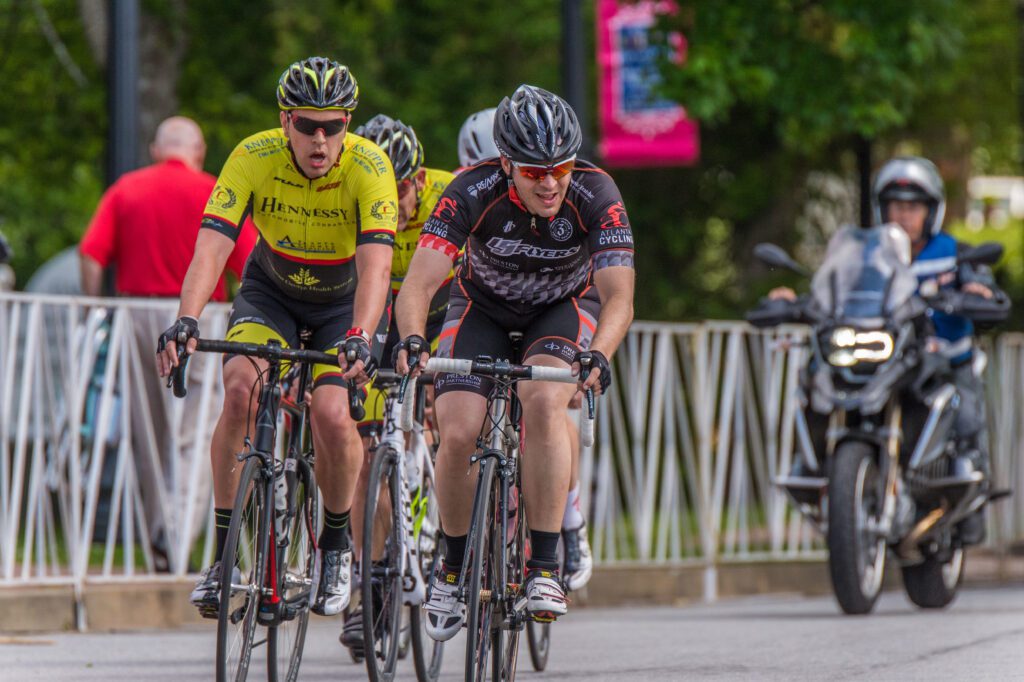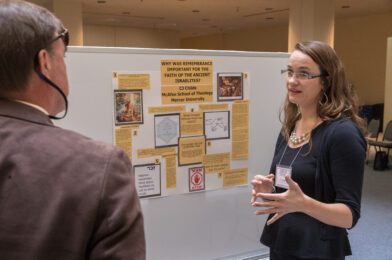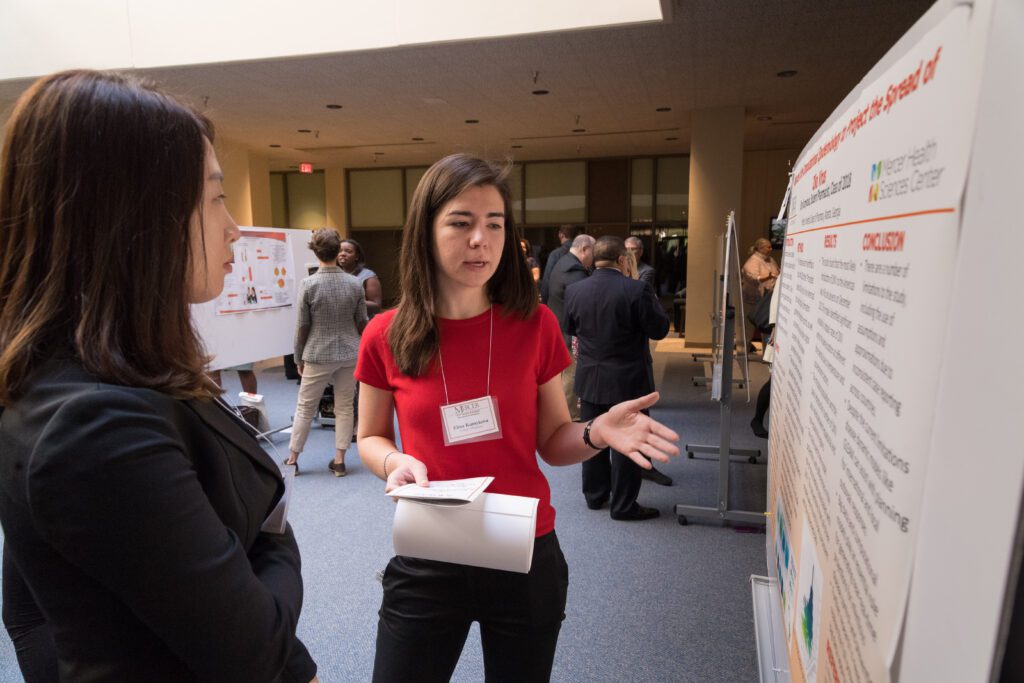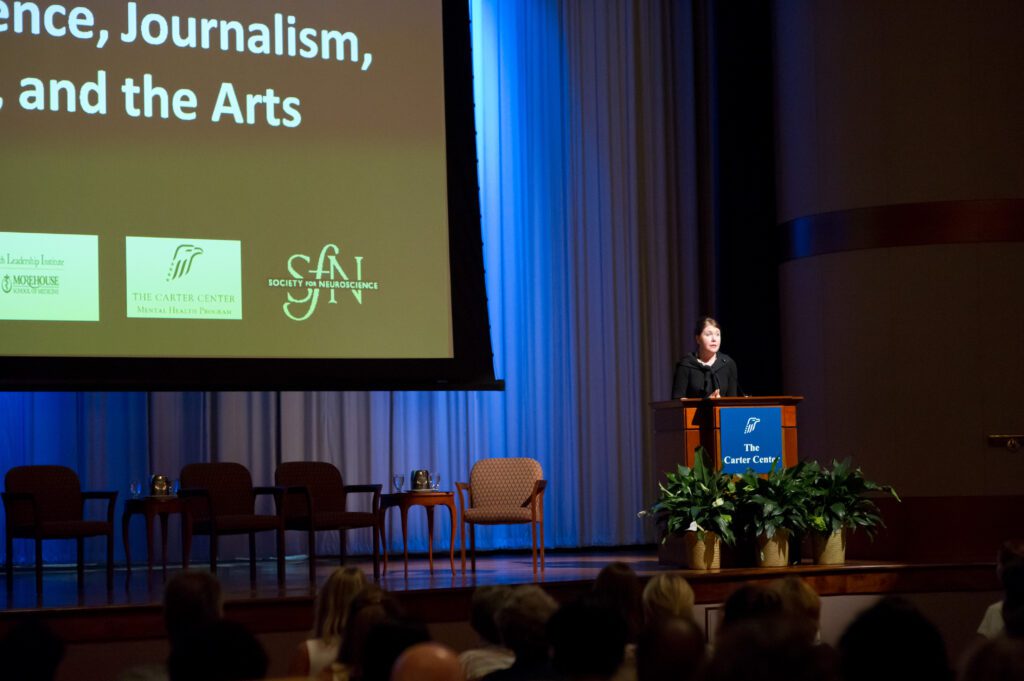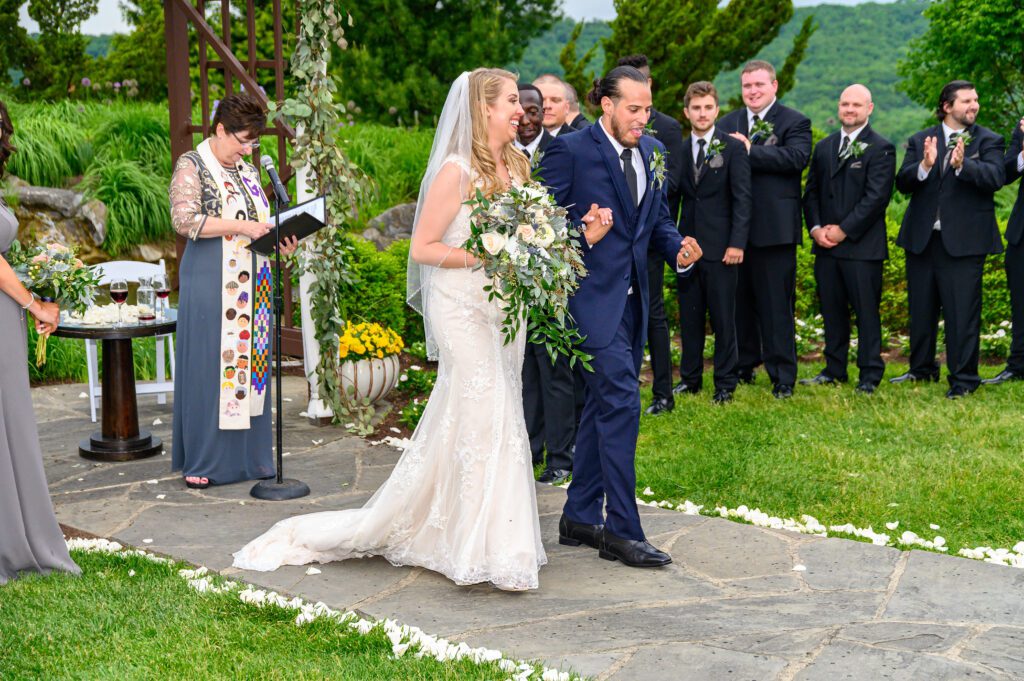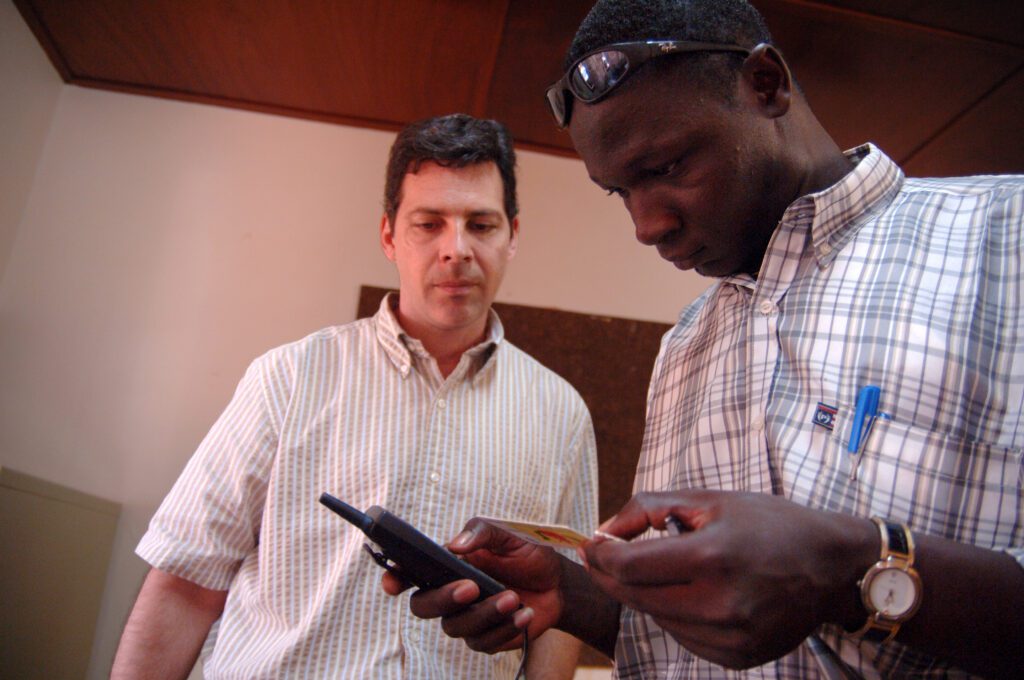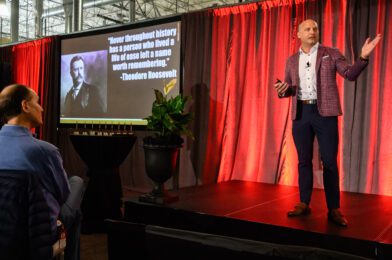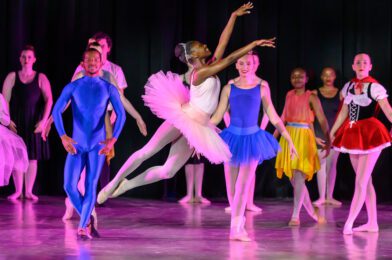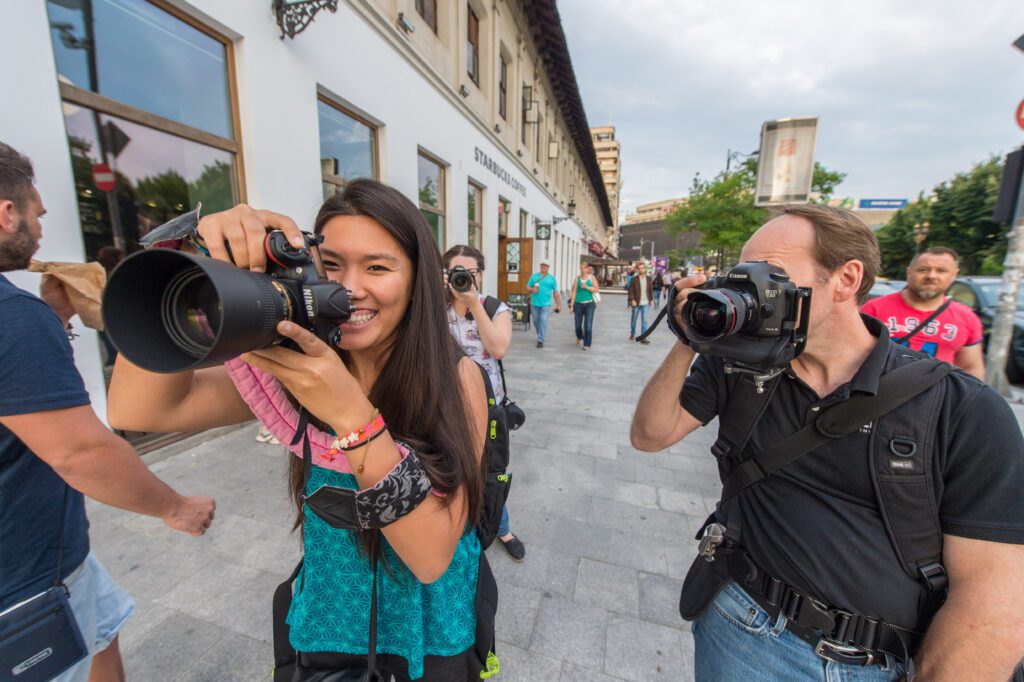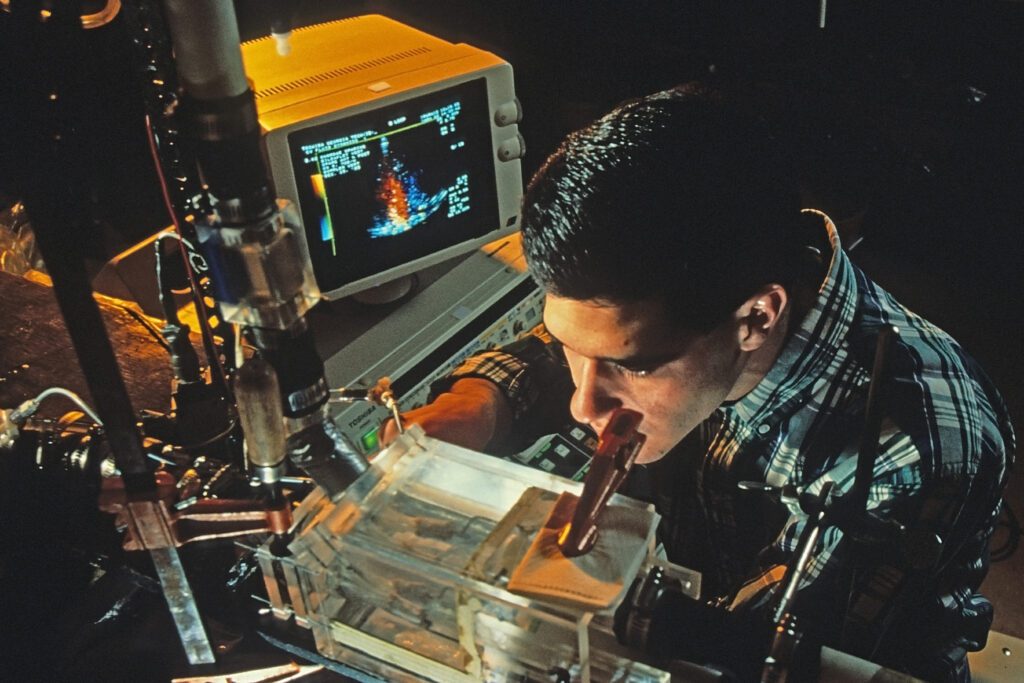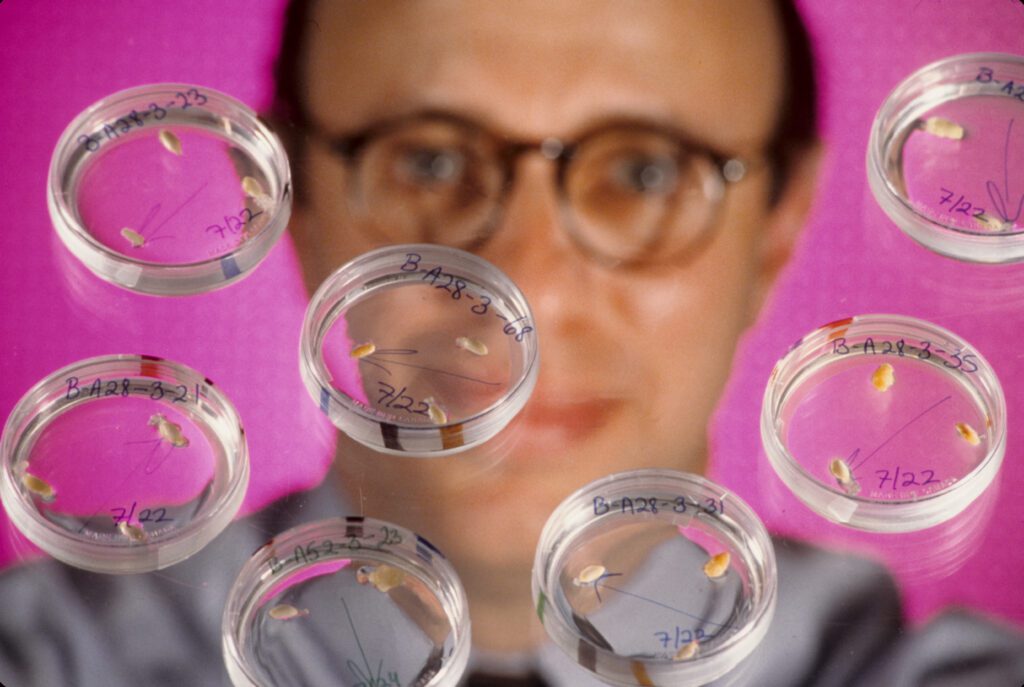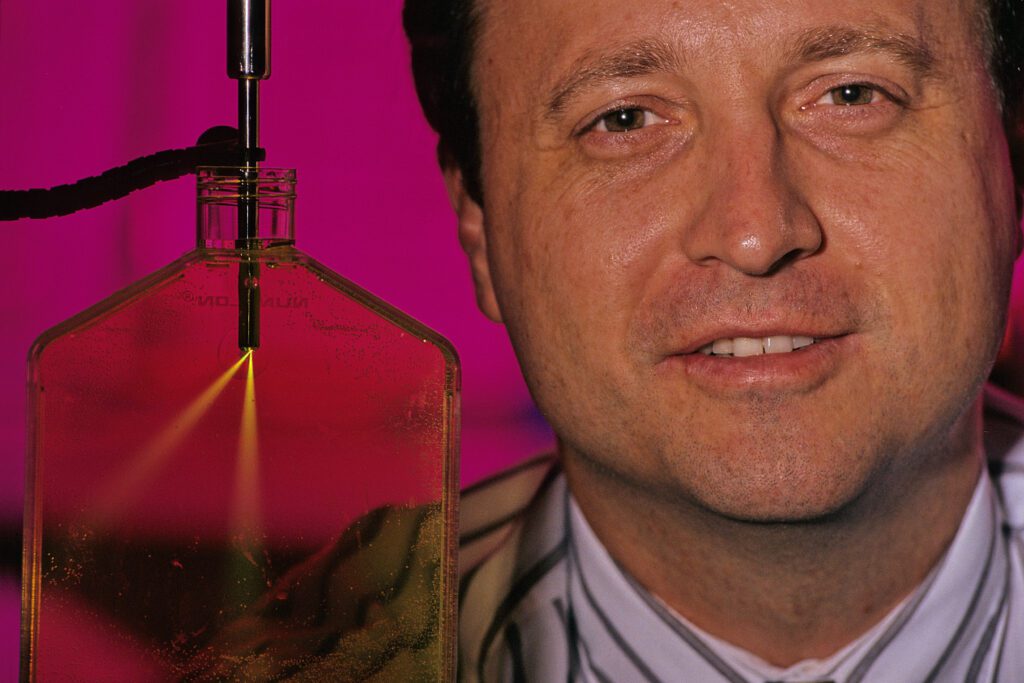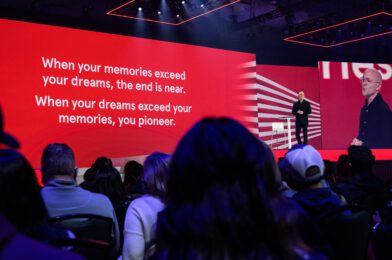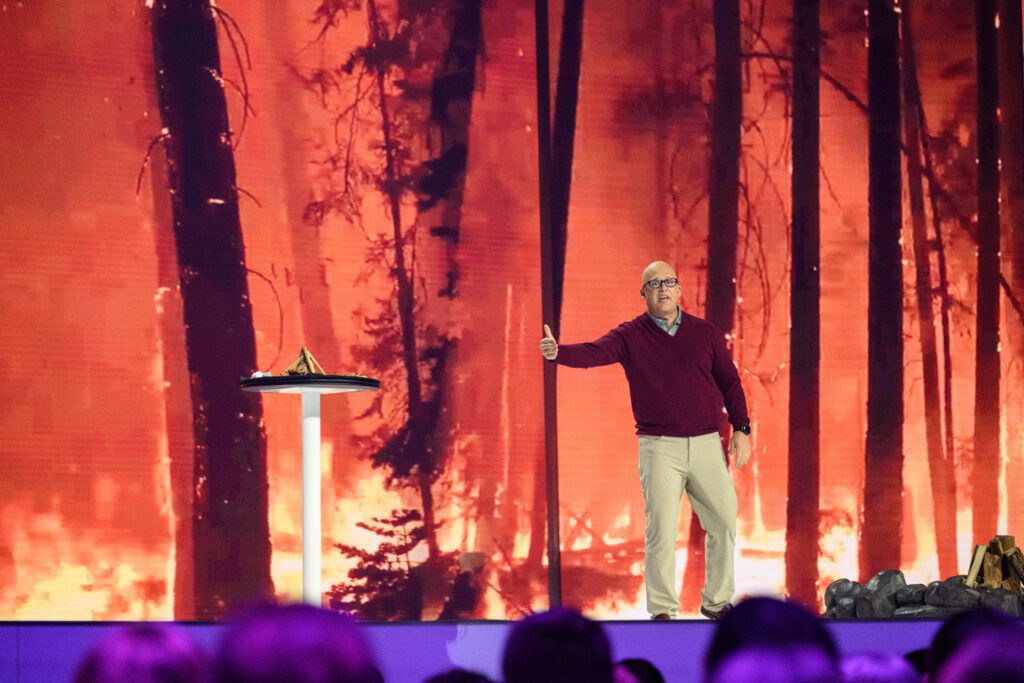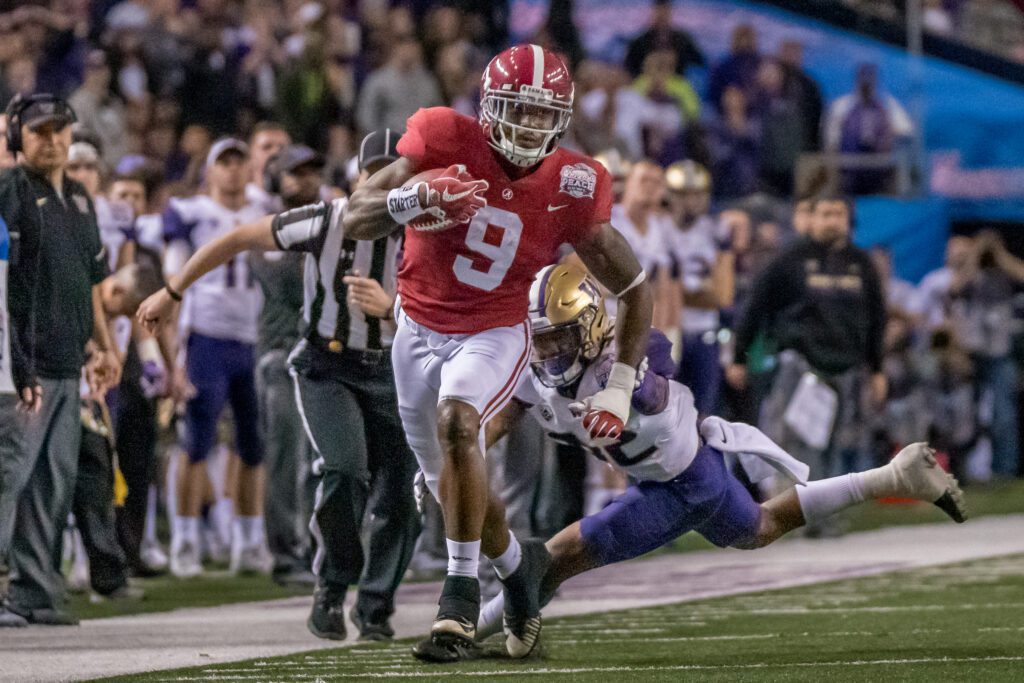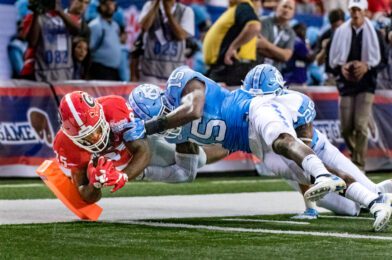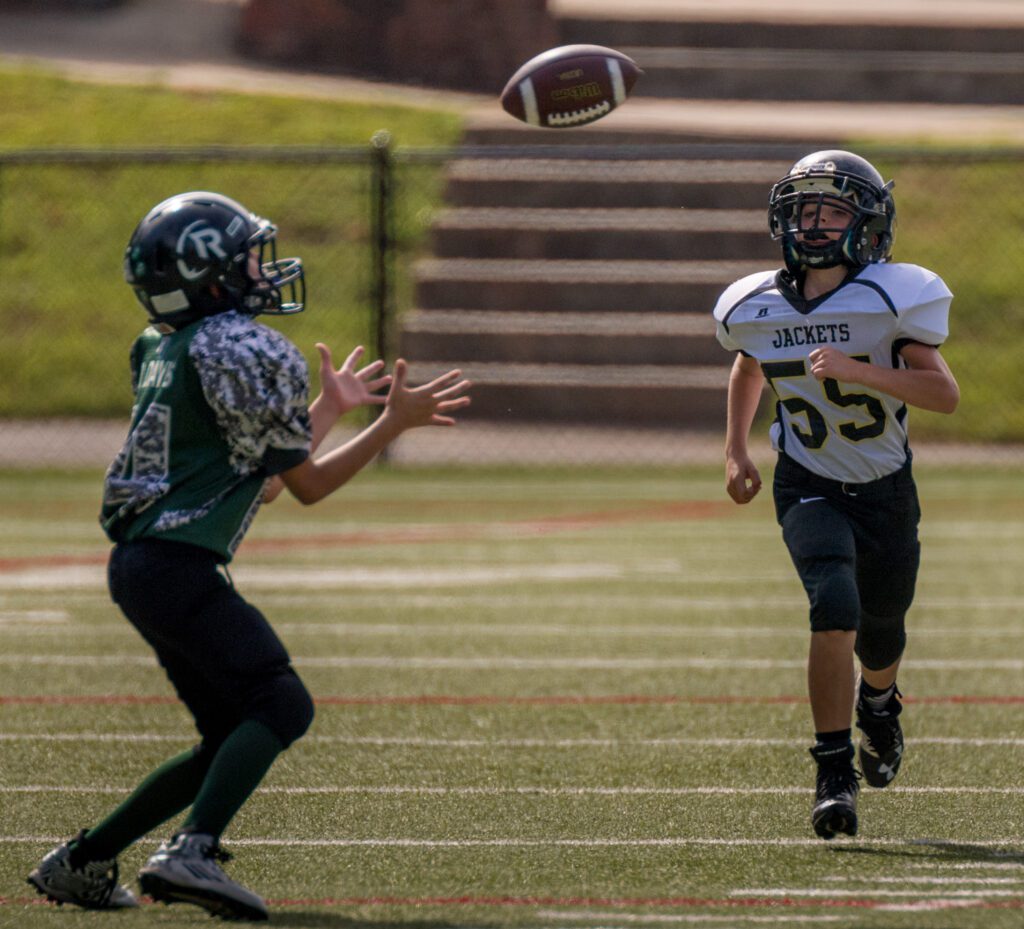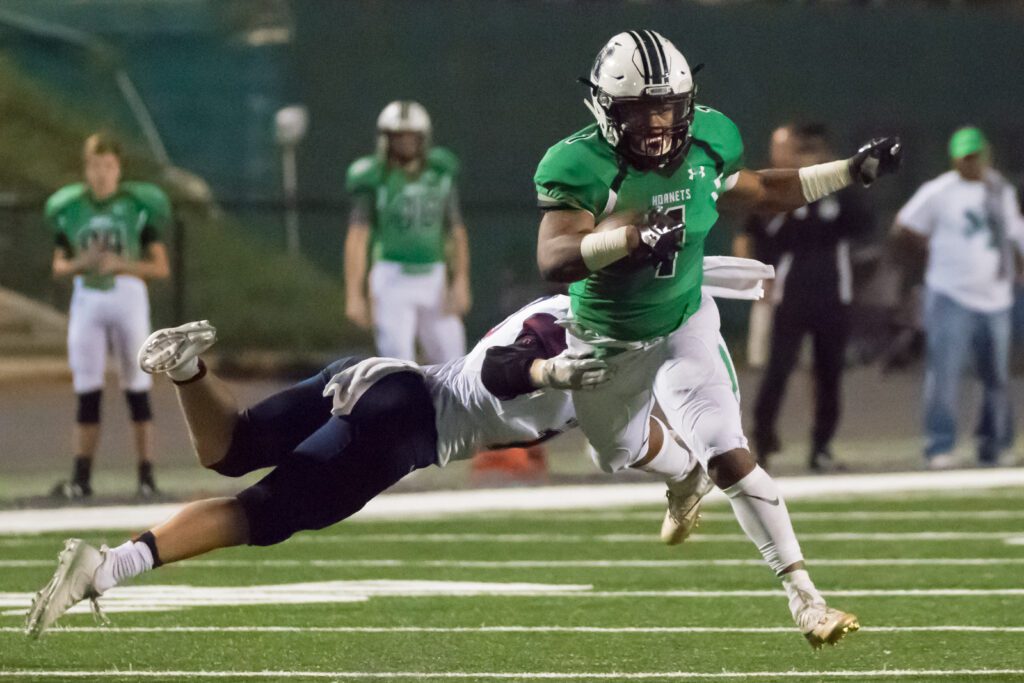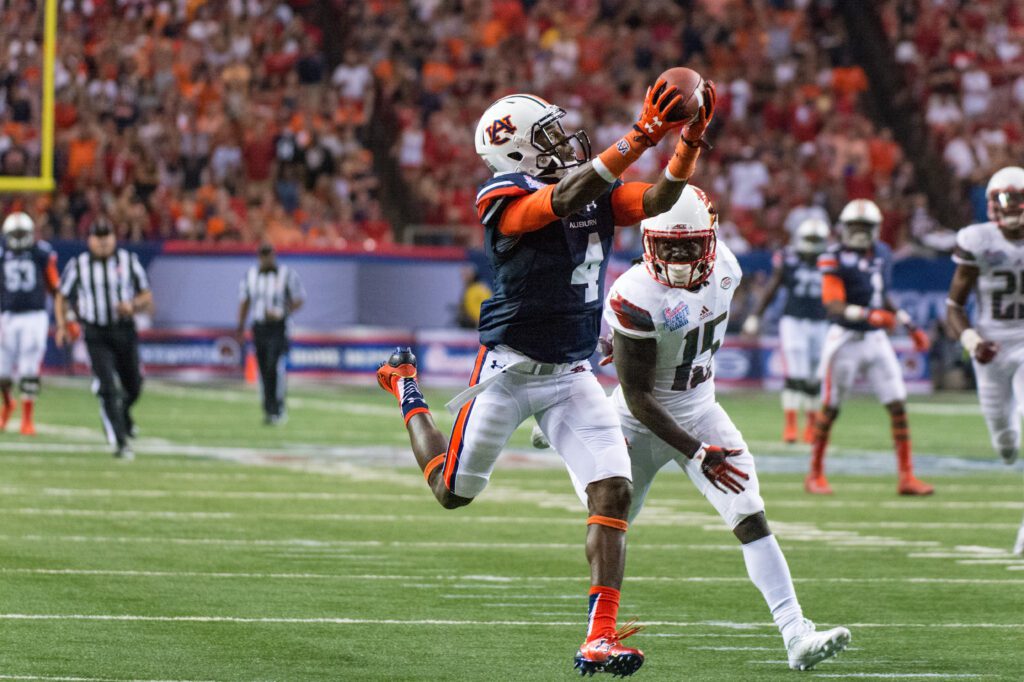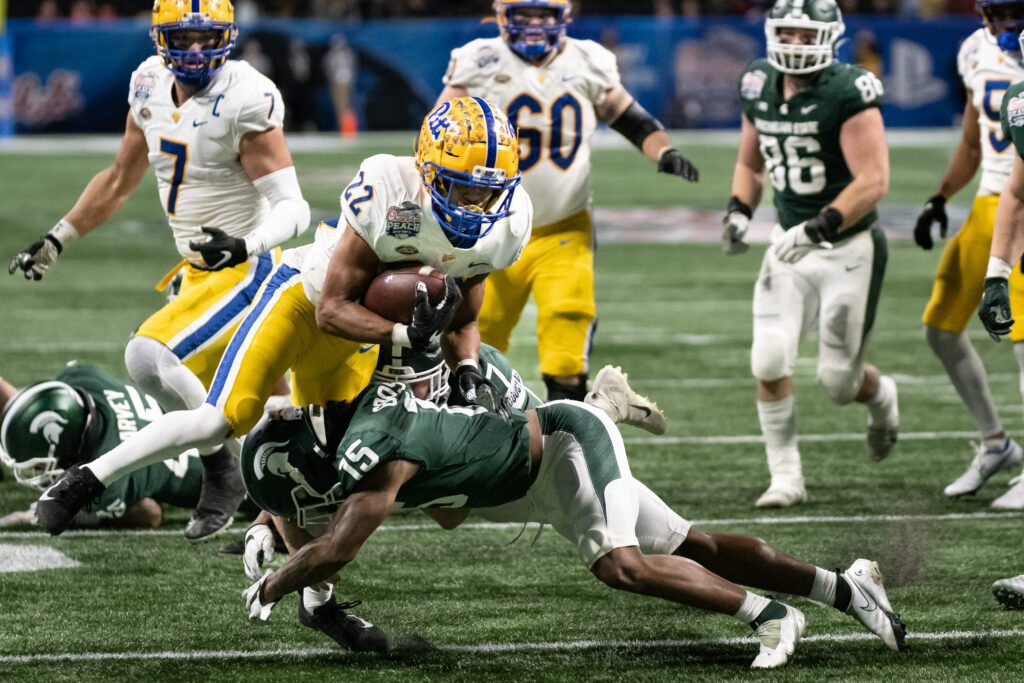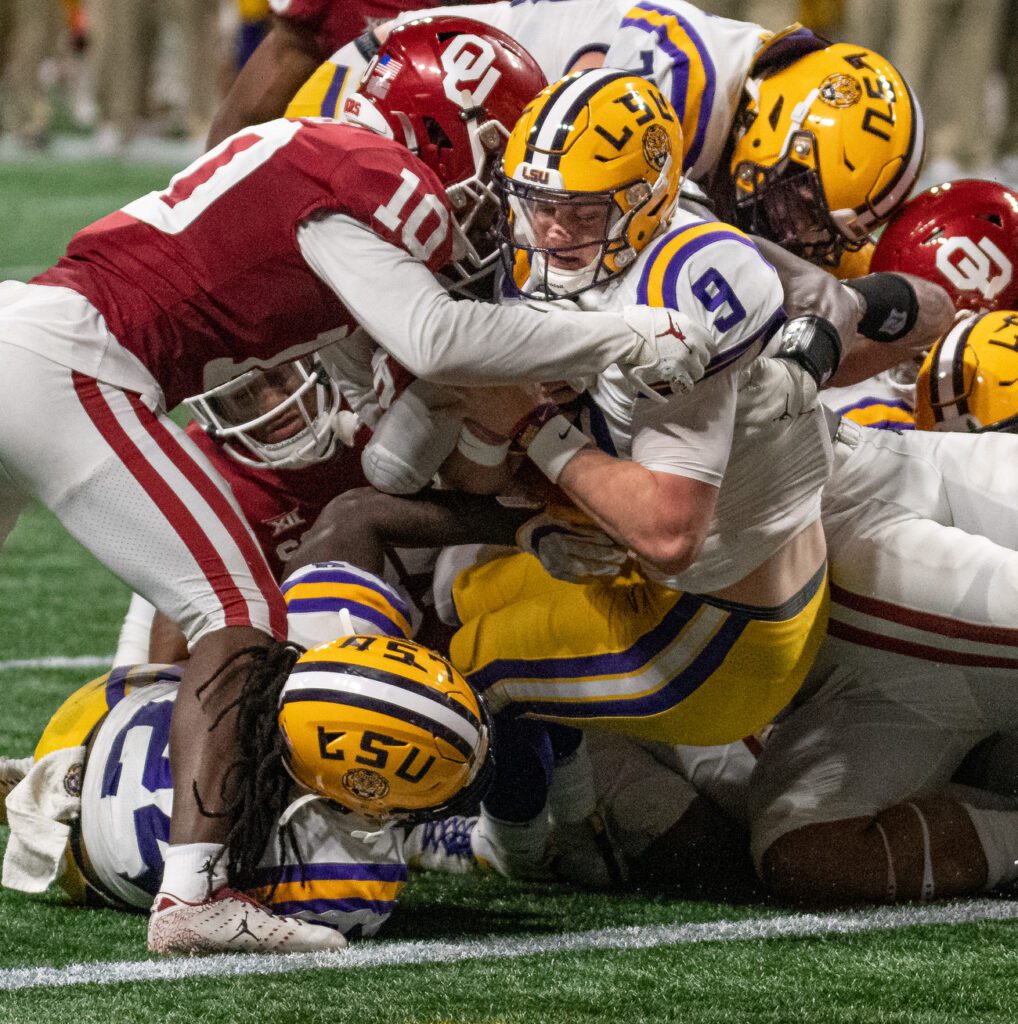How do you connect authentically with people today in a disconnected world?
We are all wired to connect as human beings. During these past two years of social distancing, we have been using technology to help us connect. However, there is still a gap between many of us who do not let us connect authentically.
When we connect authentically, I believe we feel heard and understood and listen to others opening up and sharing with us. We find common ground.
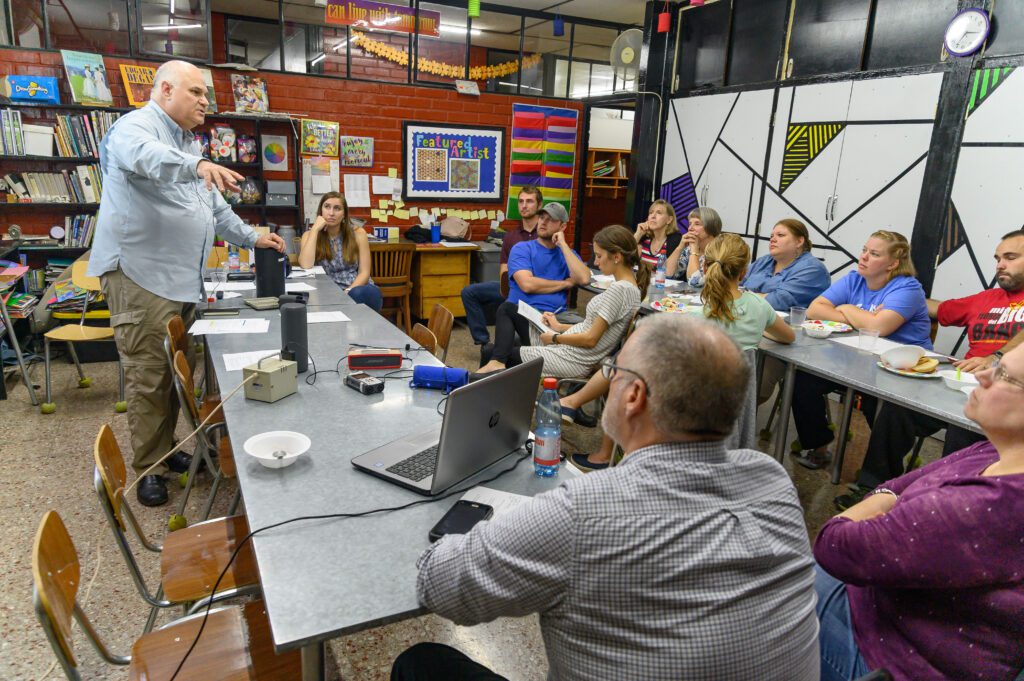
While many of us have seen and even experienced unfollowing or unfriending people due to their views, which make us uncomfortable, we can still find our “Tribe.”
Many of us have found online affinity groups around our hobbies or other subjects that help us feel connections.
We all know how special it is to find your “peeps,” but many of us struggle to understand how to start a relationship with a stranger. If you are in business, your livelihood depends on your ability to create new relationships with strangers. The ability to develop new relationships is how we get “NEW” customers.
We all have heard about “Networking,” but many hate it. I think the reason is that we have never learned how to do it effectively.
One of the best ways to network was what we did for the first years of our lives–go to school. What that did for us was put us together with other people our age who needed to learn similar content to develop into working adults.
Many of our closest friends are from a forced networking event–called school. During those years, we spent time together, and through our conversations and even class activities, we formed social networks. We would play sports, join clubs, and hang out with those with similar interests in our age groups.
If you own a business, encourage your people to be involved in the community. You have to meet people first before any relationship can begin.
Teach your people to be curious. One of the most incredible things you can teach your team is how to ask questions to get to know others. Just as important is for each person to understand their own stories and interests.
Hands down, the best skill and job was as a photojournalist. I had to introduce myself and get to know people so that I could share their stories. I learned not to ask who, what, where, when, how, and why questions. But to ask questions that ask people to share the struggles that helped make them who they are today.
The best part of interviewing people for a journalist is that the focus is on the other person, not you. What I found is that doing this was helping me to connect in ways that took years to do with my friends through school. It was being intentional that was the difference.
Getting to know someone will help you connect and also build trust with the person.
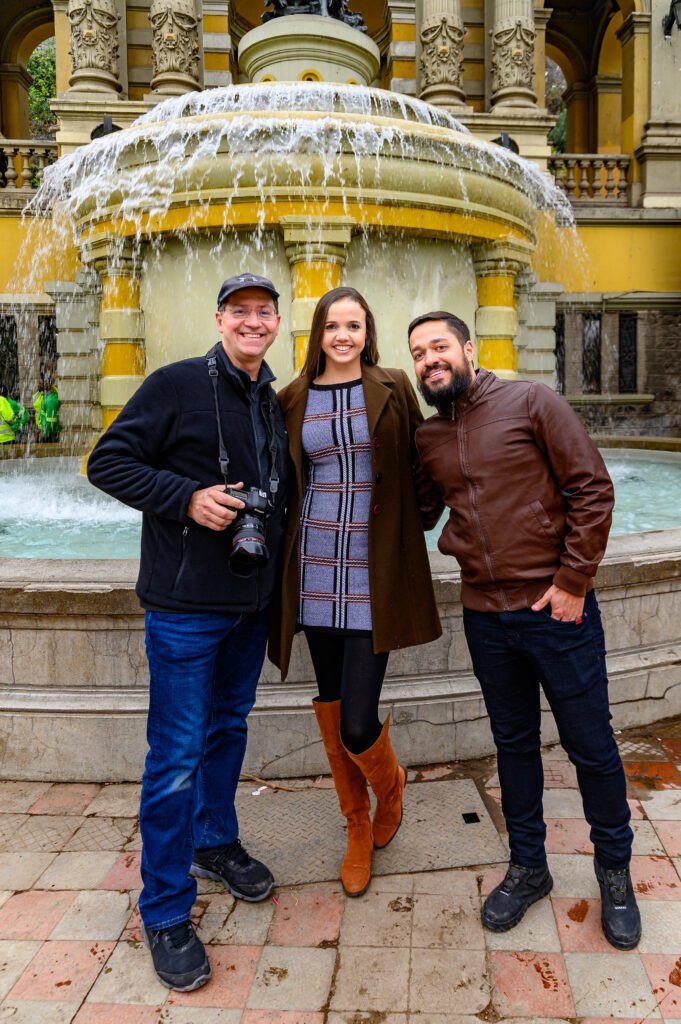
Moving from acquaintances to friends means having a connection to their past, present, and, even more, their future. What do you like to do? Let’s plan some time together to do something fun.
In sales, you connect when you know how to improve their lives. You will often discover that the service you do for work isn’t something they need or would benefit from. That is OK; you have a friend.
Keeping friends, even if they are not someone you can sell to, is essential. Sometimes they can help you, or it would be just as good if what they do could help another one of your friends.
Keep repeating that last paragraph. It is the key to those who understand the power of genuine connection. Don’t be shortsighted as so many have become in business. Those thinking about the next 30 to 90 days do not flourish like those who think about a lifetime.
“The social brain hypothesis predicts that humans have an average of about 150 relationships at any given time,” according to a research study. “Within this 150, there are layers of friends of an ego, where the number of friends in a layer increases as the emotional closeness decreases.”
Most of us do not reach our potential in the number of relationships we can maintain.
“Connection is why we’re here. We are hardwired to connect with others, it’s what gives purpose and meaning to our lives, and without it there is suffering.”
― Brené Brown

